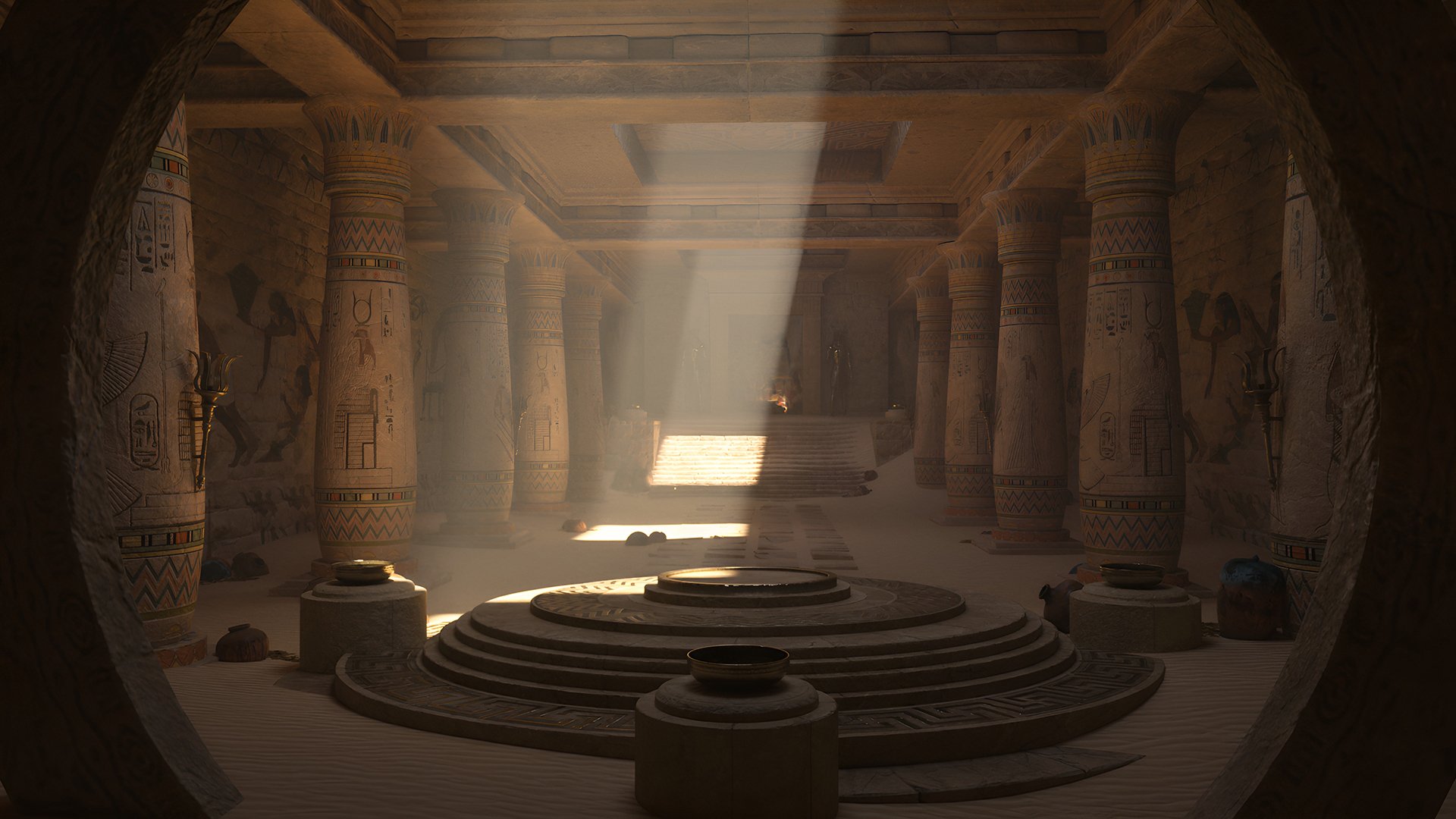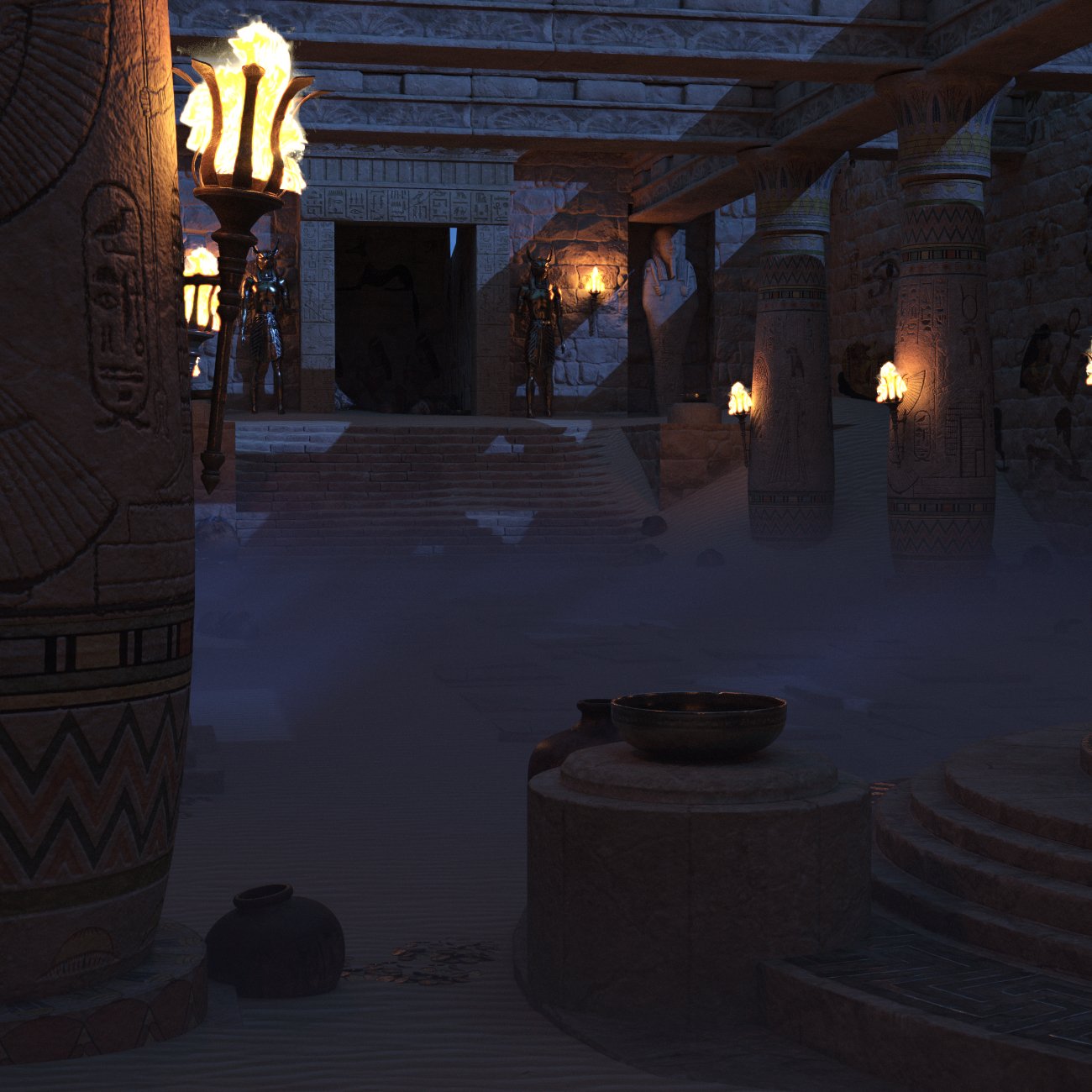Hidden Treasure [Commercial]
 3dLab
Posts: 472
3dLab
Posts: 472
in The Commons
https://www.daz3d.com/hidden-treasure
How about keeping the Ancient Egypt spirit alive in this mysterious place?
In this project, there is a temple that you can use with or without a ceiling.
This project helps you to have a unique fantastic Egypt (ruin, tomb, temple) experience with realistic temple stones, platforms, tunnels, and realistic props.
3 different senario...





Comments
Modular Parts
Looks great. I don't suppose ther is a scene file included like the 2nd image with the godrays coming in?
Awesome, will have to pick this up!
I don't know of anyother way to contact you but here. About your Medieval Land 01 Market product. You should be aware that potatoes and pumpkins were not available in medieval europe,. Melons were not popular until the 1600 -1700s.
A little bit of research would complete an almost perfect product.
There's a good and a bad way to phrase product feedback, and something that comes across like "You're a blithering idiot, who doesn't know this, read a book" is a bad way.
Part of the problem here if a vendor tries to chase 100% historical accuracy (and some people will not be satisfied with less) is that what many of the vegetables we would have seen in mediaeval Europe would look quite strange to us; while orange carrots weren't unknown, they weren't commonplace until Dutch growers deliberately cultivated them in about 1700. So, for complete historical accuracy, carrots of the time would generally be purple, but then you get buyers complaining about the weird carrots. Similarly, the look of many other vegetables would have been different at the time, but finding good reference for exactly what given types of vegetables looked like at a contemperaneous point (and, indeed, in the same region) could be a very non-trivial research project.
Technically pumpkins are great swimmers and have been know to migrate from continent to continent... even though the oldest know domestic pumpkin seeds can be traced back to Mexico, as far back as 7000 B.C., it was probably Pliny the Elder who first told in detail of Roman sailors being lured towards rocky shores by the enchanting songs of "rounded orange temptresses" as Roman legends often referred to wild seagoing pumpkins... in fact the Egyptians frequently battled marauding packs of pumpkins in the early days of their empire... so technically those could be a bunch of wild pumpkins a fisherman or hunter caught... not necessarily domesticated pumpkins which are easier to subdue.
Wild pumpkins are far more common in North America and even Vikings spoke of the great battles between wild pumpkins and deer (the only natural enemy of wild pumpkins) in the forests of Vinland (what would later be called America or "Unitedstatesia")... even today the spectacle of wild pumpkins and deer fighting is not unheard of...
One should never assume a vegetable portrayed in any art is a domesticated version... it could always be a wild version or one that got lost migrating...
... ok, I have ideas for my next creature...
What is true for medieval europe, is not necessarily true for medieval fantasy settings too.
Gollum : What's taters, precious? What's taters, eh?
Sam : *Po-tay-toes!* Boil 'em, mash 'em, stick 'em in a stew... Lovely big golden chips with a nice piece of fried fish.
Also, at least some of us are buying "medieval" products because many of them can be used at least in part for settings other than perfectly historically accurate medieval Europe and Britain. Not everybody's fantasy setting is 100% historically accurate, real-world planet Earth Europe circa 1430. And even in the real world, depending on where a setting falls in terms of urban vs rural, past vs present, many of these products are perfectly reasonable for times and places far removed from medieval Europe.